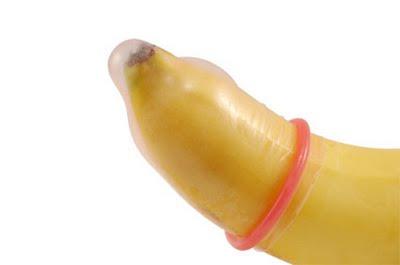
In my most recent blog I talked about the ‘scary’ statistics showing young people are, in a lot of cases in the dark, when it comes to their knowledge of STIs, and sex education.
There is a gulf between the information some schools are providing in comparison to others and I have set out to find out why this is.
The National Curriculum states: “SRE is compulsory from age 11 onwards. It involves teaching children about reproduction, sexuality and sexual health. It doesn’t promote early sexual activity or any particular sexual orientation.”
“Some parts of SRE are compulsory - these are part of the national curriculum for science. Parents can withdraw their children from all other parts of sex and relationship education if they want. All schools must have a written policy on sex education, which they must make available to parents for free.”
This means that while SRE is compulsory, schools can interpret this - to an extent – to be minimal – some religious schools still have the right not to discuss LGBT issues in SRE as this violates their religious freedom. I’m not sure where that leaves LGBT rights.
In fact, a number of organisations – the National AIDS Trust included – are campaigning for compulsory SRE from primary school age and I think this is right path. I’m definitely not saying that all school children should be taught about sex from the age of five, but I think it’s important to inform children and young adults as much as is age appropriate.
It is critical that children learn about relationships and respect from an early age. If subjects such as online porn are never addressed or discussed, how are young people ever going to know there’s a difference between what they watch online and how real life works?
In a recent Channel 4 programme featuring Goedele Liekens, a sex educator from Belgium, her explicit crash course in a secondary school took on board the issue of how most of what young people learn comes from the porn industry (perhaps because of what little SRE there is, the focus is on sexual health and completely ignores pleasure?) Within a very short space of time the boys were showing the girls much higher levels of respect and the girls had a far greater belief in their right to have a voice about their thoughts and opinions.
If every young person was fully aware of all of the emotional and physical implications of having sex – including pregnancy and the risk of STIs - and these had been discussed openly and honestly over a number of years, the chances are that people leaving school or college at age 18, would be more confident in making the choices that are right for them as individuals.
If young people who become sexually active before the age of 16, were fully aware and understood the risks of unprotected sex there would be lower teenage pregnancy rates and less taboo around STIs and HIV. I also believe that the use of sexual protection, such as condoms, would increase because everyone would be confident to talk about it, empowering them for the rest of their lives.
STI & HIV testing rates would grow as well, as awareness would be greater and stigma would be significantly reduced.
Like Dr Gregory Phillips II from North Western University in the US, states in his recent high-profile study of sexual health testing in under 18s, in-school HIV testing would make a massive difference to the numbers of young people coming forward, talking about HIV and being tested safely and securely.
I think it’s time the Government, schools, parents, colleges the NHS and sexual health charities joined forces to get the conversation started and move the sexual health revolution forward among young people.
We may be too ‘British’ to talk openly about sex – and its emotional and physical connotations - but our children needn’t be…


